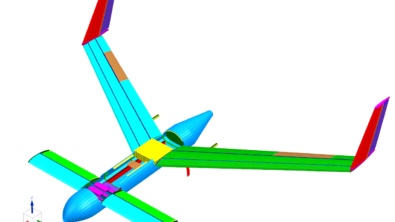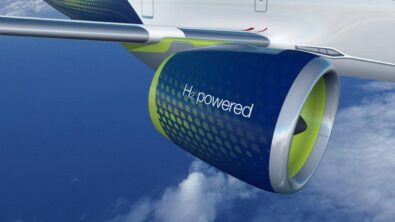Clean Aviation by 2050? The EU’s public-private partnership approves €380 million for eight new Clean Aviation projects
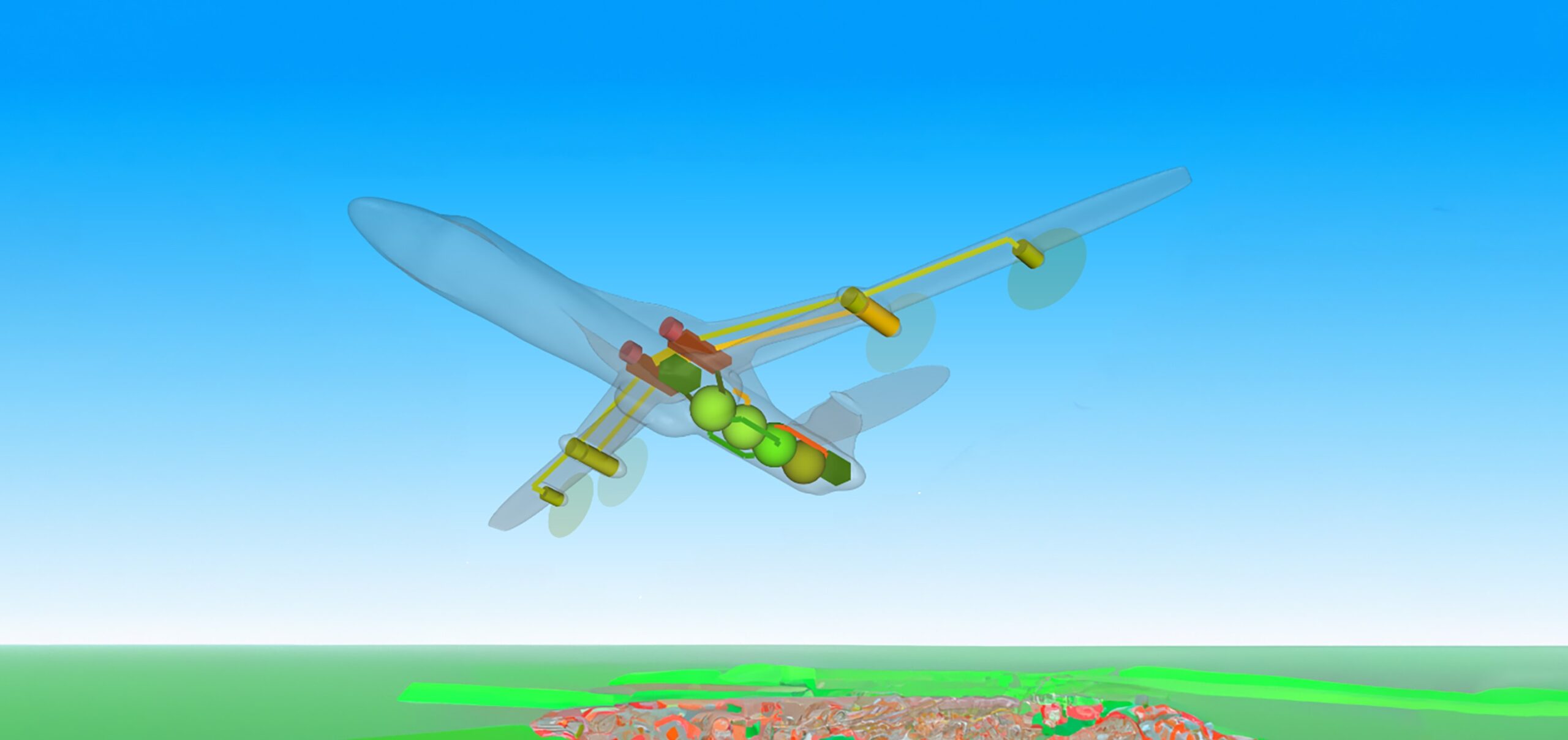
Funds awarded for research toward climate neutrality
The EU is committed to reaching climate neutrality by 2050 and Europe’s industrial strategy requires industries to lead the evolution to a greener, digital future.
One of the biggest de-carbonization challenges lies in air transportation, as we explained in our blog Aircraft structural design and analysis.
The EU is tackling this challenge through its partnership with Europe’s aeronautical research and industrial communities and the European Commission through Horizon Europe, the EU research & innovation programme. The Clean Aviation Joint Undertaking (CAJU) has a budget of Euro 4.1 billion to develop disruptive new aircraft technologies that will reduce GHGs by at least 30% compared to today’s best aircraft models.
At the end of 2023 CAJU’s Governing Board approved €380 million, including €152 million funding from the EU itself, to trigger eight ambitious new projects that will accelerate aviation’s trajectory to Net Zero.
These daring new projects focus on new aircraft concepts and innovative propulsion architectures to complement those already funded under the Clean Aviation’s First Call for Proposals. They will prepare all necessary elements required for ground and flight tests from 2026.
How do Clean Aviation’s funds help reach their decarbonization goals?
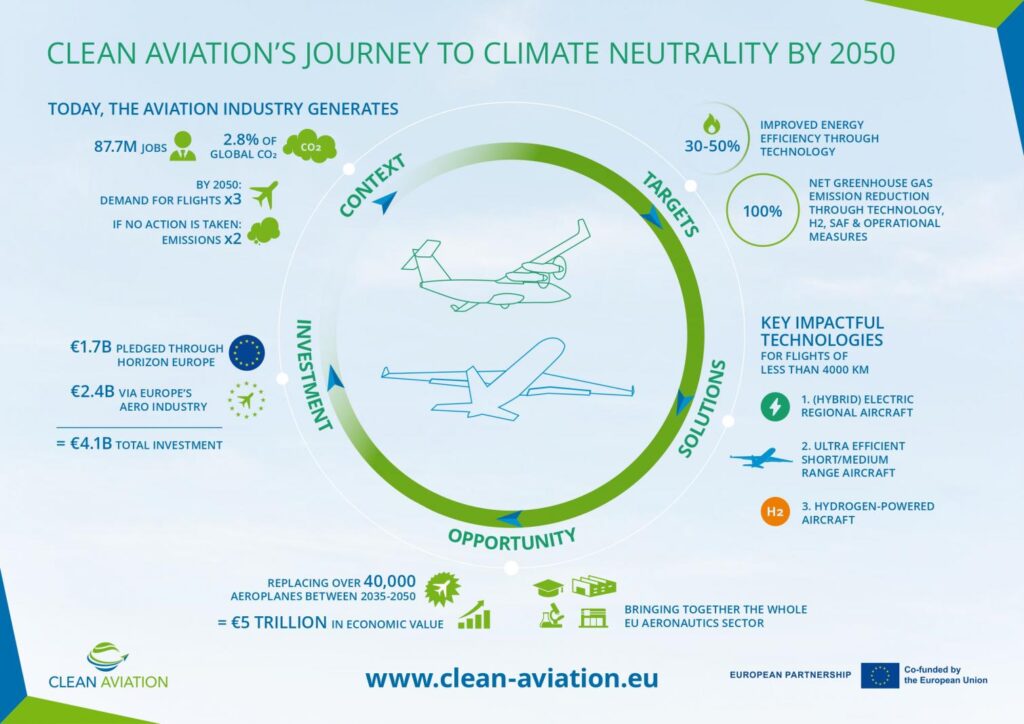
The Clean Aviation partnership program is built on three pillars of research and innovation (R&I). These are:
- Hybrid-electric regional aircraft
- Ultra-efficient short and short and medium range aircraft
- Disruptive technologies to enable hydrogen-powered aircraft
The targets and timelines for regional and short and medium range commercial aircraft are shown here:

Altogether, €380 million is to be invested in Clean Aviation projects from its second call for proposals. This includes relevant complementary R&I projects and activities identified as in-kind contributions.
Based on research from the Clean Aviation Strategic Research and Innovation Agenda, (SRIA) the EU’s CAJU has awarded funds to eight projects that support their goals, as follows:
- €86 million dedicated to hydrogen-powered aircraft
- €33 million for hybrid-electric regional aircraft
- €33 million for short and medium range aircraft
A further €0.75 million is awarded for impact monitoring of EU aviation research and innovation.
The official launch of these projects took place as planned on 1 January 2024.
Eight new projects to help meet the Clean Aviation targets
Each of the eight new projects relates to one of the three R&I pillars:
HYBRID ELECTRIC
HERFUSE
Hybrid-Electric Regional Fuselage & Empennages
LEONARDO
ODE4HERA
Open Digital Environment for Hybrid-Electric Regional Architectures
DLR (DEUTSCHES ZENTRUM FÜR LUFT-UND RAUMFAHRT)
ULTRA EFFICIENT / SHORT MEDIUM RANGE
COMPANION
Common Platform and Advanced Instrumentation Readiness for Ultra Efficient Propulsion
AIRBUS
AWATAR
Advanced Wing Maturation and Integration
ONERA (OFFICE NATIONAL D’ETUDES ET DE RECHERCHES AEROSPATIALES)
HYDROGEN-POWERED AIRCRAFT
TROPHY
Technological Research on Propulsion by Hydrogen
SAFRAN
FAME
Fuel Cell Propulsion System for Aircraft Megawatt Engines
AIRBUS
HEROPS
Hydrogen-Electric Zero Emission Propulsion System
MTU AERO ENGINES AG
SUPPORT ACTION
CLAIM
Clean Aviation Support for Impact Monitoring
DLR (DEUTSCHES ZENTRUM FÜR LUFT UND RAUMFAHRT)
Hybrid-electric regional aircraft
Society’s expectations of transport and its impact on the environment are always evolving, and this pillar of the plan aims to use innovative technologies to improve the performance of aircraft.
Regional flights make up more than 12% of the world’s available seat kilometers (ASK) and account for around 40% of all flights and 36% of all flight hours. It is a fact that about 36% of airports only offer regional turbo-prop flights.
The industry can use regional and commuter aircraft as a starting point to implement low or zero-emission technologies and improve the frequency and convenience of passenger flights while reducing the impact on the environment and the climate. The advancements in technology from the Clean Aviation initiative will create opportunities for new, sustainable businesses.
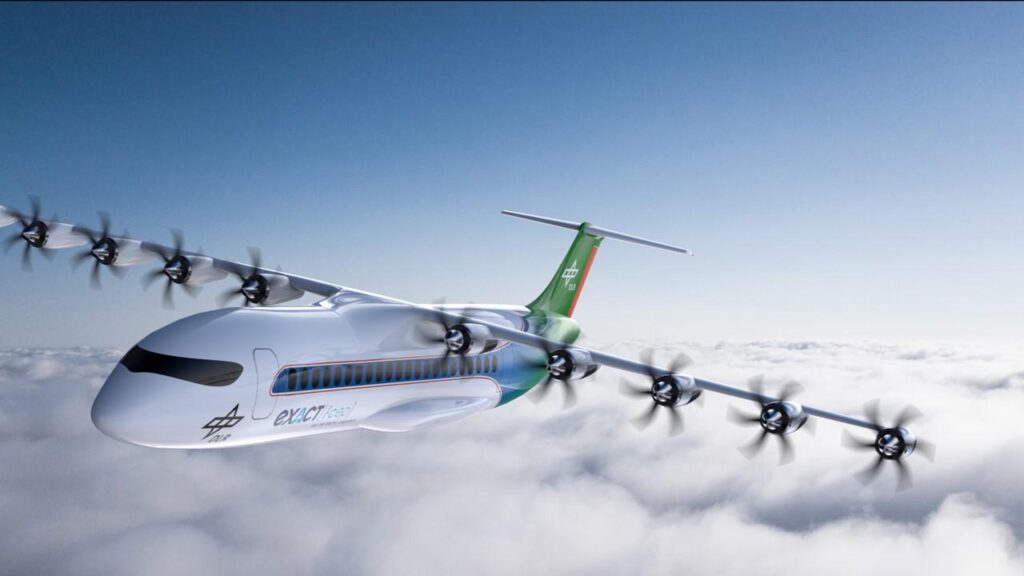
Ultra-efficient short-medium range aircraft
The mid-2030s goal for ultra-efficient short-medium range aircraft is to rely on thermal energy-based propulsion technologies that use both drop-in and non-drop-in fuels. This new propulsion concept will enable low-source noise and low-noise flight procedures. It will bring additional value in other fields such as business jets and regional aircraft.
Clean Aviation mapped ultra-efficient short-medium-range aircraft pillar goals as follows:
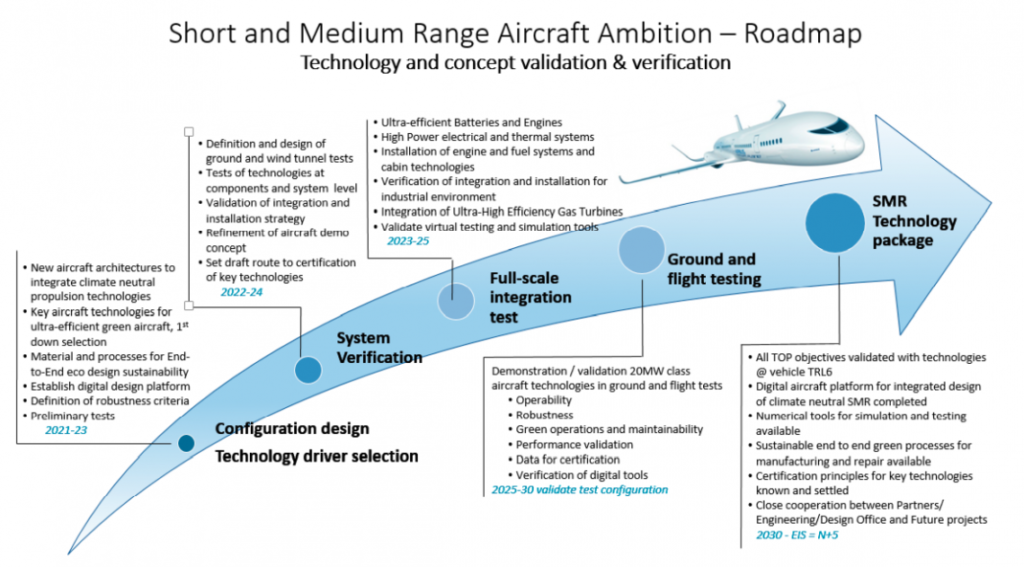
This roadmap points the way to an energy efficiency improvement of 30% for a new generation of short-medium range aircraft. This is feasible by 2035 thanks to the integration of ultra-efficient propulsion systems and innovative technologies for the airframe. The roadmap includes the novel concept of using hydrogen as a non-drop-in fuel, part of the Clean Aviation H2 technology development program.
According to Clean Aviation, this roadmap will bring a holistic aircraft suite-solution for a future green, eco-efficient, economically viable and competitive large-scale serial product that will build momentum and bring targeted impact at European and global scale.
Disruptive technologies to enable hydrogen-powered aircraft
Aircraft performance depends largely on fuel gravimetric energy density (energy per unit of mass). If fossil fuels are phased out, hydrogen represents an alternative fuel which brings a competitive gravimetric energy density. As a non-drop-in fuel, hydrogen does not generate any direct CO2 emission during its life cycle when renewable energy are used for the production of green hydrogen. Using hydrogen in fuel cells may enable zero-emission propulsion, including the elimination of nitrogen oxides (NOx) and particles.
When hydrogen burns in a turbine engine, NOx emissions are reduced and particles should be very low. However, using hydrogen as a fuel produces more water vapor (a short-life GHG) and, as a consequence, could potentially generate more persistent contrails. Although contrails may have a significant effect, the overall climatological impact of contrails must be carefully evaluated.
Many of the technologies need to be more mature to be ready for integration into future aircraft. One big challenge is that because of its low volumetric energy density in gaseous form, liquid Hydrogen (LH2) is more likely to be used for large commercial flights. However, LH2 needs to be maintained at really low temperature (< -250°C) in a cryogenic tank, which of course affects the aircraft fuel systems, system design reliability, and safety.
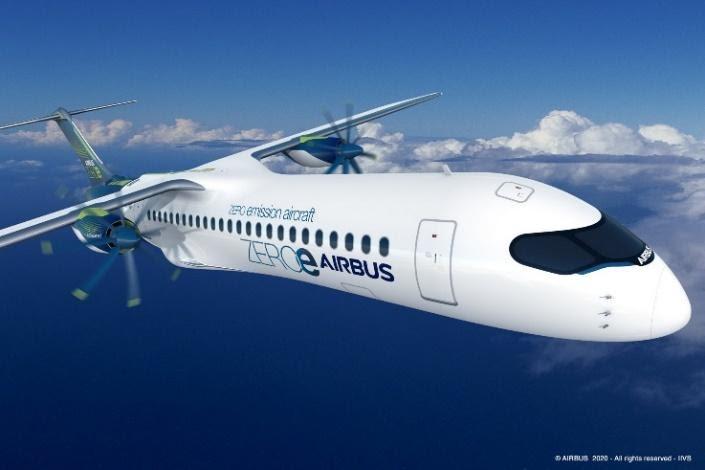
The “disruptive technologies to enable hydrogen-powered aircraft” pillar aims to mature and demonstrate all relevant hydrogen systems ready to be integrated into future aircraft. This comprises selecting and validating the most suitable concepts, materials and designs to provide the required performance, lifetime, costs, and safety. Beyond that, the integration of these systems into an aircraft requires a deep understanding of operational, maintenance and certification aspects.
Simcenter supports the Clean Aviation Joint Undertaking
Siemens Digital Industries Software takes great pride in being one of the beneficiaries to support the Clean Aviation Joint Undertaking.
By leveraging the power of the Siemens Xcelerator platform along with the Simcenter simulation and testing solutions it is possible to infuse agility, flexibility, and adaptability into the process of transforming ideas into innovations, while enhancing efficiency and expediting the pace of development at the same time.
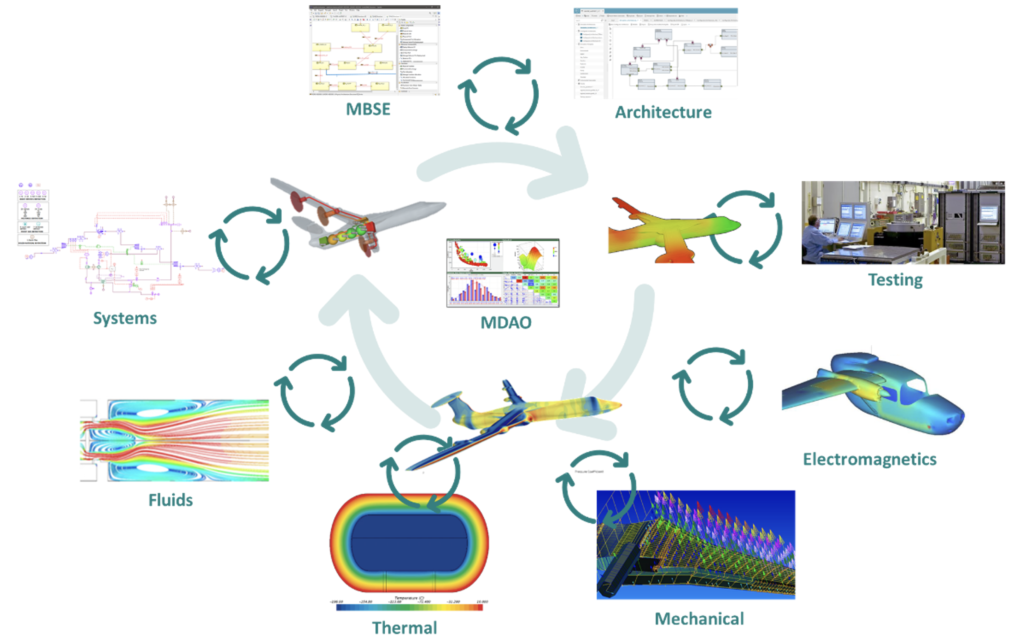
There is not much time to act on emissions. In this exclusive interview Maria Calvo, CAJU’s project officer and team leader for short-medium range aircraft – now Head of Unit for Project Management – talks about the scale of the technological challenges confronting the industry and their mission to bring new aviation solutions into service by 2035.
Maria highlights the use of Siemens Digital Industries Software’s multi-physics simulation and modelling solutions. These tools are crucial in the process of verifying and validating the methods and tools for cryogenic hydrogen propulsion systems.
See the video
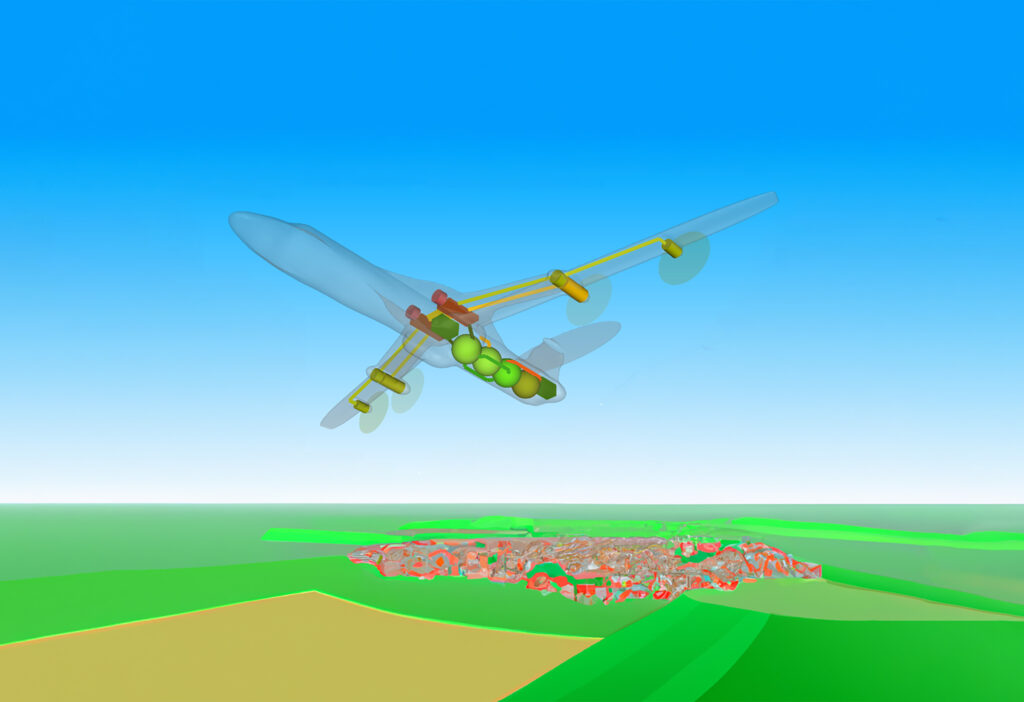
White paper
Carbon neutral aviation by 2050
See how Simcenter can support your sustainability strategies to achieve climate-neutral aviation by 2050
You might also be interested in…
- Webinar | Empower sustainable aviation with digital twins
- White paper | Shaping sustainable aviation with a digital twin
- White paper | Hydrogen-powered aircraft design
